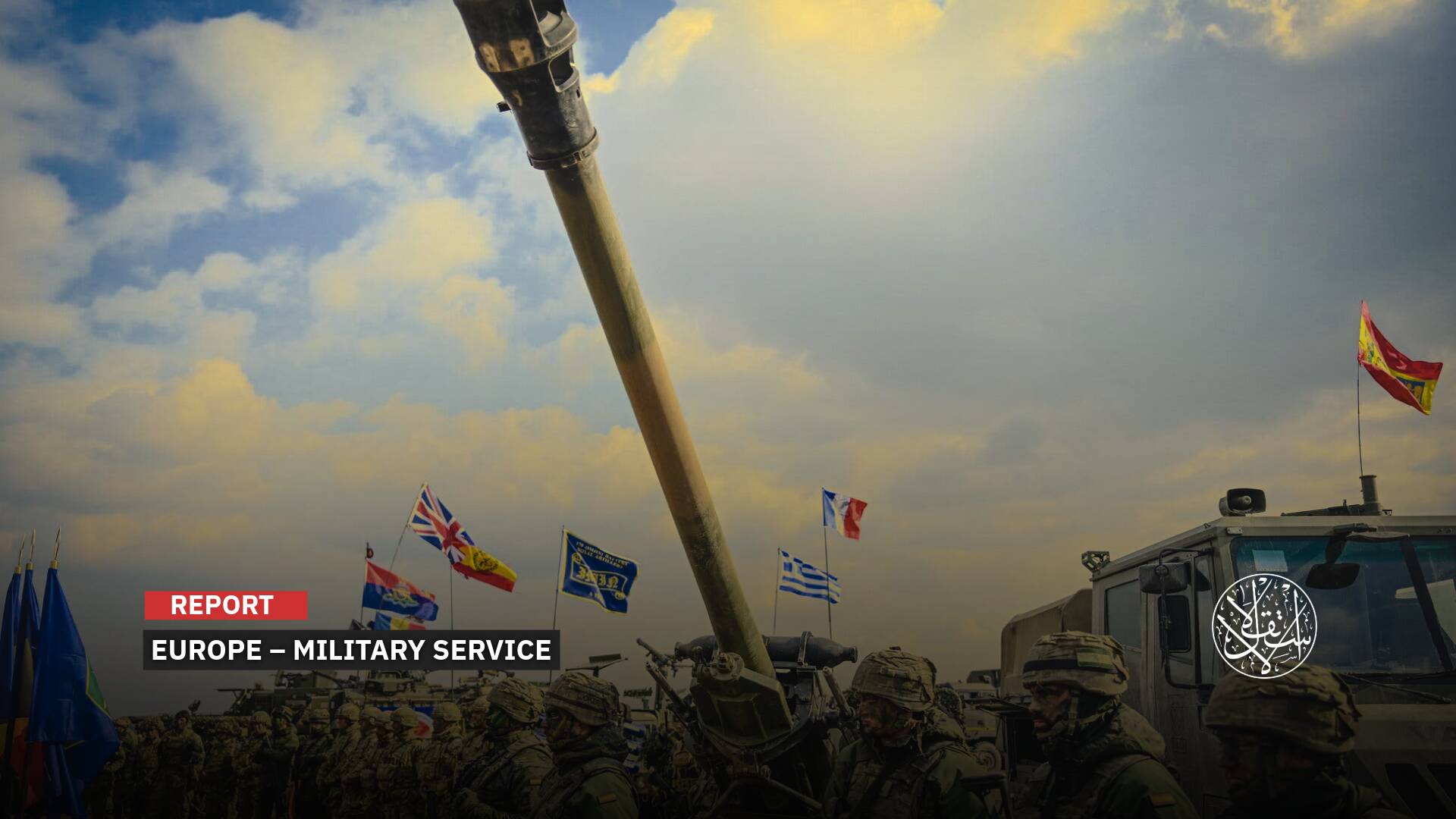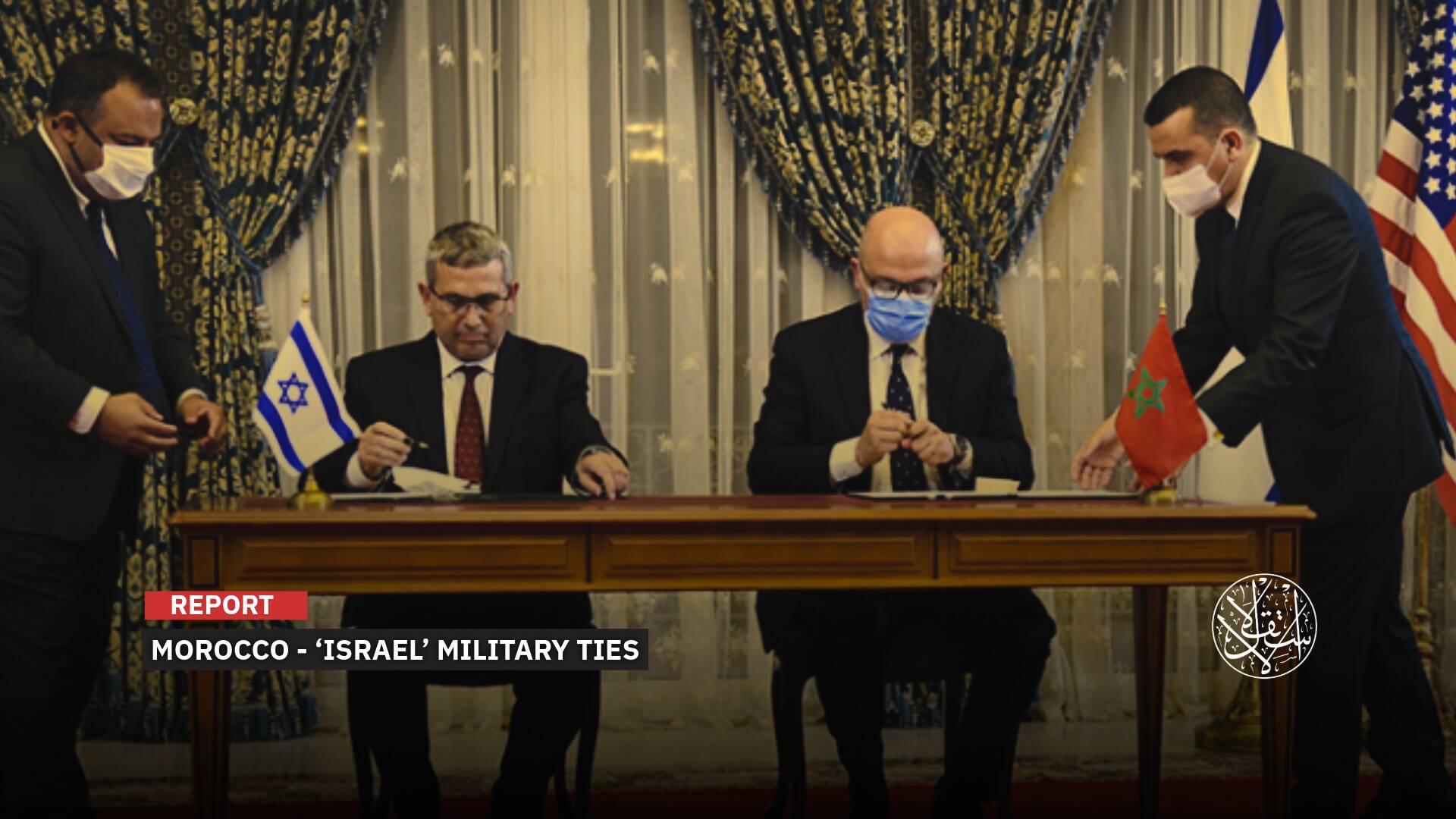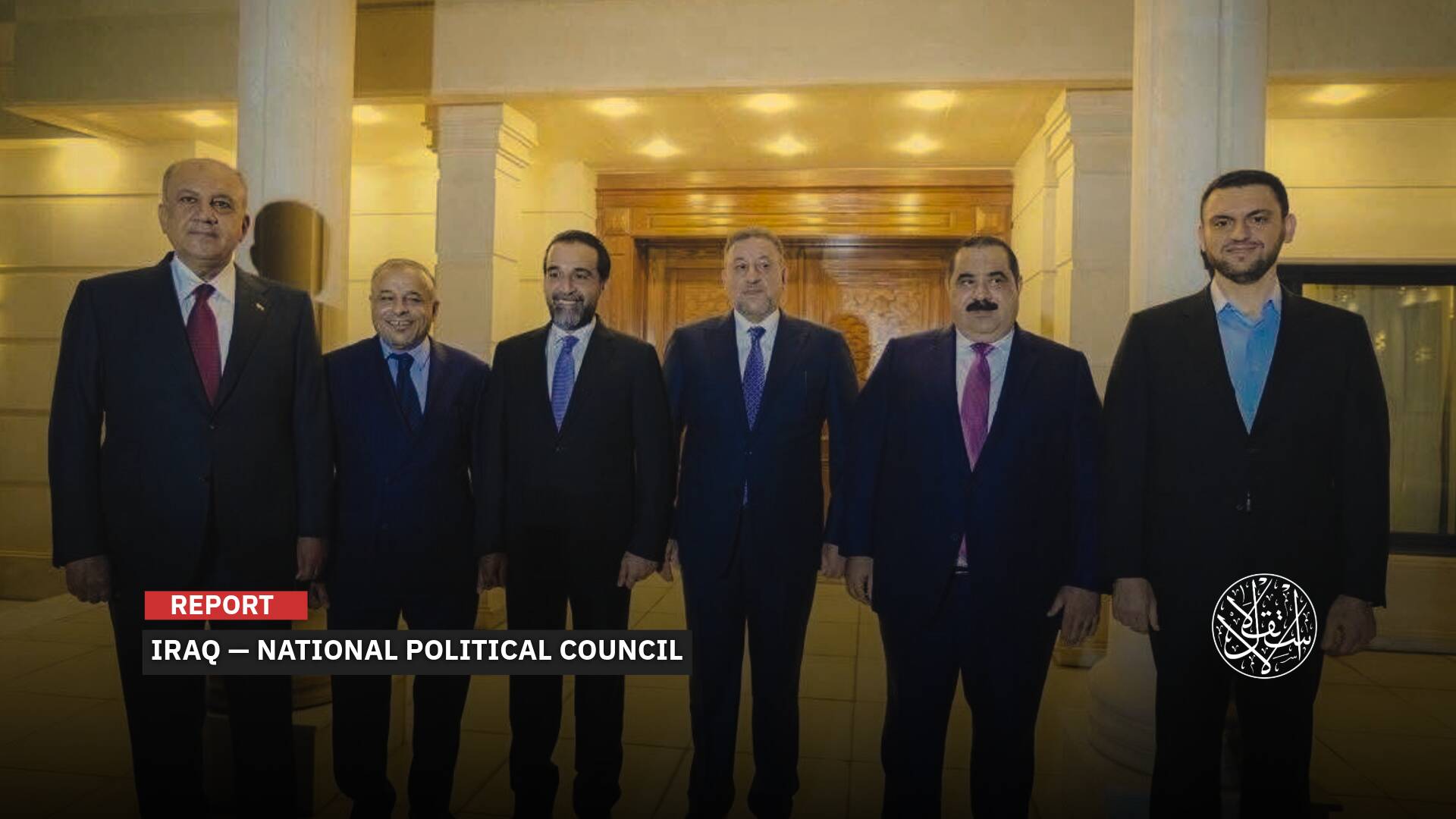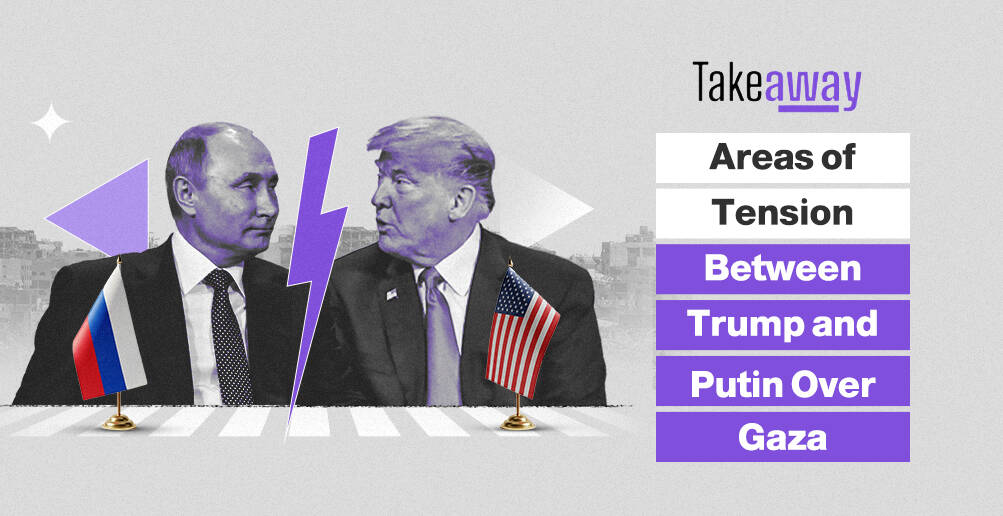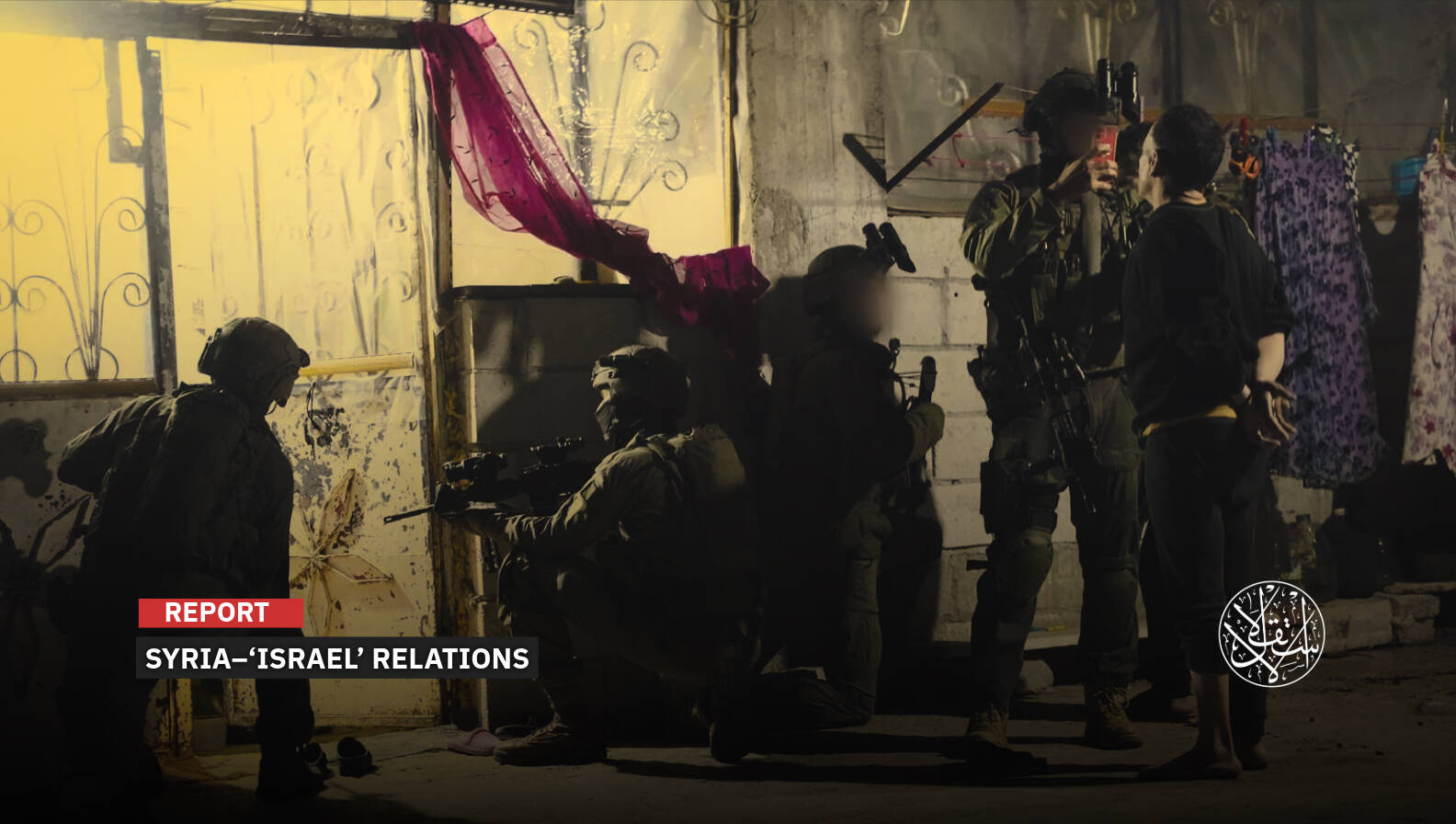How Growing Demographic Challenges Threaten Russia’s Future

“Demographers have predicted that Russia's population could fall to 143 million by the 2030s.”
At a time when Russia is seeking to confront the military and economic challenges resulting from its war with Ukraine, the demographic crisis that has penetrated society for several decades is increasing due to the sharp decline in the birth rate.
In turn, the Kremlin recently announced that the demographic situation has become catastrophic for Russia's future, due to the failure of the various policies implemented in the country over the past quarter century regarding population increase.
Observers believe that the Kremlin's recognition of the demographic crisis that Russia is suffering from came late due to the political leadership's preoccupation with the events and changes that have occurred in the European political arena over the past years, forgetting the problems that may threaten the Russian presence in the coming decades.
More than 300,000 Russian troops had died or been injured by the end of 2023, US intelligence officials estimated, and about a million Russians fled the country after Vladimir Putin ordered the full-scale invasion of Ukraine.
According to the Russian website RBC.ru, a media website specializing in economics, the statistics agency Rosstat expects Russia's population to decrease by three million by 2030 to about 143 million people.
Demographic Crisis
While Russia is busy with its war on Ukraine, a pressing issue is emerging within its borders: a demographic crisis that threatens the very fabric of Russian society due to falling birth rates and high youth emigration.
Under the pressure of this crisis, the Kremlin has said that it was working hard to reverse declining birth rates in Russia, warning that disastrous demographic trends were putting the country's future at risk.
“The birth rate in Russia is around 1.4, which is comparable to the rates in European countries and Japan, but this is disastrous for the nation’s future,” Kremlin spokesman Dmitry Peskov said.
“We live in the largest country in the world, and our numbers are shrinking every year. The only way to avoid this is to increase the birth rate,” Peskov said.
Since coming to the Kremlin in 2000, Russian President Vladimir Putin has made the demographic crisis in his country a priority, demanding solutions to this crisis.
Despite the increase in life expectancy, the birth rate has remained far from the generational renewal threshold of 2.1 children per woman.
However, the Kremlin indicated that it does not consider the authorities’ policy to encourage births in the country to have failed.
During a press conference, Peskov said that the decline in the birth rate in Russia is not due to a lack of confidence in the future among Russians.
“The measures implemented do not have an immediate effect. Therefore, the situation will remain difficult for some time, but the government is working hard on this issue, and this issue is among the main priorities of the Russian president,” he said.
The demographic situation in Russia worsened in the 1990s due to a sharp decline in the birth rate during the period of social and economic crisis that followed the fall of the Soviet Union.

Russia’s Efforts
Russia has faced a myriad of demographic challenges since the collapse of the Soviet Union, including an aging population, an outflow of men abroad, and the lowest fertility rate in 17 years.
Added to this are the high death toll from COVID-19, hundreds of thousands of men fleeing the country to avoid being drafted to fight in Ukraine, and migration to Russia at its lowest level in the past decade.
Russia’s population was about 148 million when the Soviet Union broke up in 1991, a figure that now stands at about 144 million after a long period of high mortality.
The country’s birth rate has not recovered since the Soviet era, although President Vladimir Putin’s government has offered generous payments and subsidies to large families.
In 2007, the Russian government introduced the maternity capital program, providing financial support from the government to every family in which a second or more children are born, aiming to support the family and increase the number of offspring.
Starting from January 1, 2022, the government has provided financial support to the family upon the birth of the first child.
Last February, Russian President Vladimir Putin called on the country's citizens to have more kids for ethnic survival.
This is not the first time Putin has urged Russians to have more children.
In November, he extolled the virtues of large families, calling on women to have as many as eight children — if not more.
With the population expected to continue to decline, various experts have warned of a future in which nearly half of the country's population may disappear by the end of the century if urgent measures are not taken.
In a bid to combat this crisis, recent legislative proposals from Russian officials have included controversial measures surrounding women's reproductive rights.
For instance, Valery Seleznyov, a prominent member of the State Duma, suggested releasing female inmates for the express purpose of increasing birth rates.
Meanwhile, Patriarch Kirill of the Russian Orthodox Church has called for stringent anti-abortion laws to curb what he views as a national calamity, stating in November, “We need more people, and this is obvious; everyone admits it.”
The head of the Orthodox Church has also proposed to ban private clinics from performing abortions due to the perceived demographic threat.

On the other hand, the demographic trend spells trouble for Russia's economy, which is already dealing with a severe worker shortage.
At the end of 2023, Russia was short a record 5 million workers, according to an estimate from the Russian Academy of Science's Institute of Economics.
Experts have said a shrinking population could result in several problems for Russia's economy, such as lower growth and productivity.
The Atlantic Council previously predicted that by 2026, Russia's economy could fall behind Indonesia's.
On its part, the American Fair Observer indicated in a report that with the decline in births in Russia in parallel with the increasing demand for soldiers and the collapse of migrant flows, Russia is pushing towards a demographic crisis.
It explained that the efforts made by the Russian government to address this demographic time bomb are becoming increasingly ridiculous.
It also indicated that any ban on abortions will not revive the birth rate in the country, adding that convincing people to move to rural areas to live a traditional life will also not succeed because it is difficult to support a large family.

Political analyst Dr. Mahmoud al-Hamza told Al-Estiklal that “as Russian society modernizes and people move to cities, they become more educated and have fewer children.”
“But there is another reason why Russia’s birth rate is falling today: Putin needs soldiers and workers in the factories of the military-industrial complex, and fewer Russians today want their children to grow up to be soldiers and workers,” he said.
Dr. al-Hamza also noted that “the Kremlin has been busy for several years developing plans to raise the birth rate at any cost, as it continues its fight against same-sex relationships and abortion, while working to encourage traditional families.”
He explained that “Russian President Vladimir Putin had previously declared 2024 the Year of the Family, and devoted a large part of his 2024 presidential address to supporting large families.”
Sources
- Russia Working Hard To Reverse Terribly Low Birth Rate, Says Kremlin
- A Russia without Russians? Putin’s disastrous demographics
- Russia's economy faces a demographic disaster, think tank says
- Putin is once again telling Russians to have more babies
- Russia Faces Looming Demographic Crisis Amid War And Low Birth Rates
- Russia Is Burning Up Its Future


